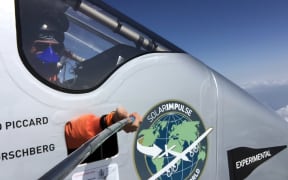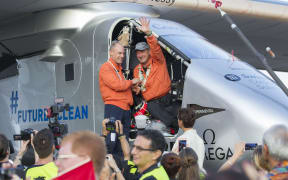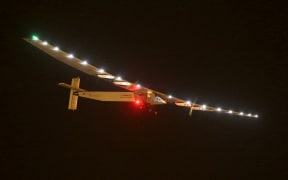Solar Impulse, the zero-fuel aeroplane, has flown the first leg across the continental United States in its attempt to fly around the world.
It left Mountain View, California, at dawn on Monday and landed 16 hours later in Goodyear, a suburb of Phoenix, Arizona.
It was the 10th leg of its round the world quest.
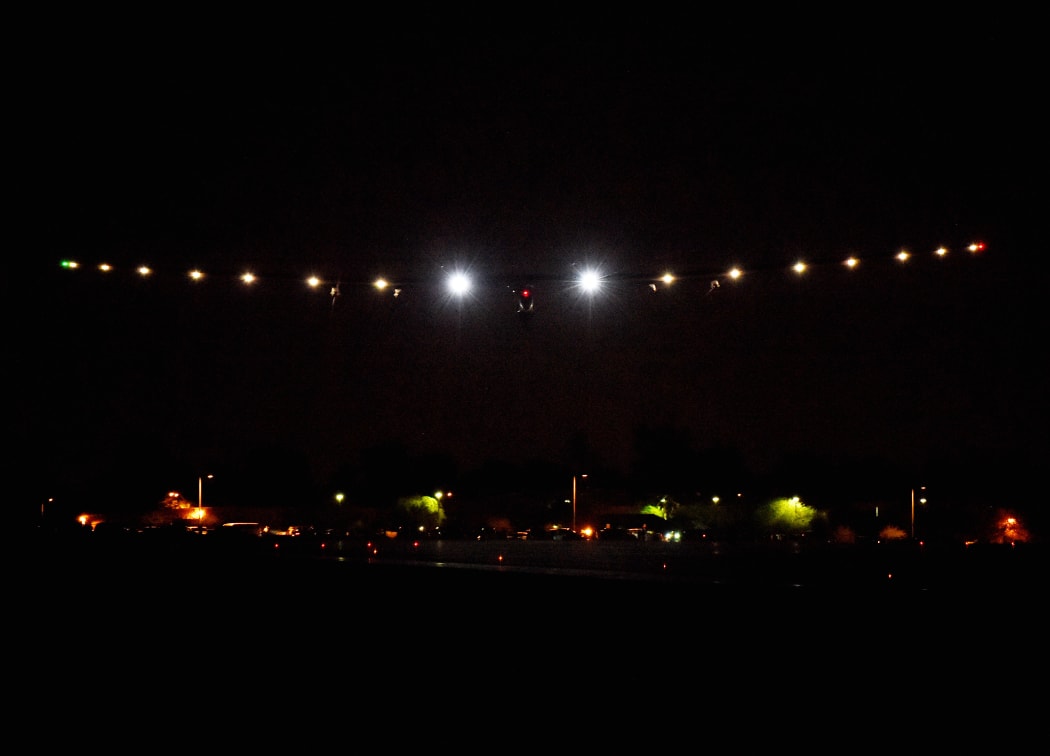
The Solar Impulse 2 aircraft is successfully landed by Swiss pilot Andre Borschberg at Phoenix Goodyear Airport in Phoenix, Arizona. Photo: AFP
Swiss adventurer Andre Borschberg was at the controls, having taken over from Bertrand Piccard.
Mr Piccard flew Solar Impulse to the West Coast of the US from Hawaii just over a week ago.
The latest stint was relatively short at 1113 km.
The team has traversed America before, in 2013. That crossing was undertaken in the prototype predecessor to the current aircraft. But it does mean the weather conditions the Solar Impulse is likely to encounter will be well understood.
Mr Piccard and Mr Borschberg are aiming to get to New York by the start of June, to begin preparations for the big Atlantic crossing.
Solar Impulse started its circumnavigation of the globe in March of last year in Abu Dhabi.
It flew over Oman, India, Myanmar and China before flying to Japan, from where it made a 8924km passage to Hawaii.
That five-day, five-night journey set a record for the longest duration, non-stop, solo aeroplane flight.
But it also resulted in damage to the plane's batteries, forcing the team into some lengthy repairs.
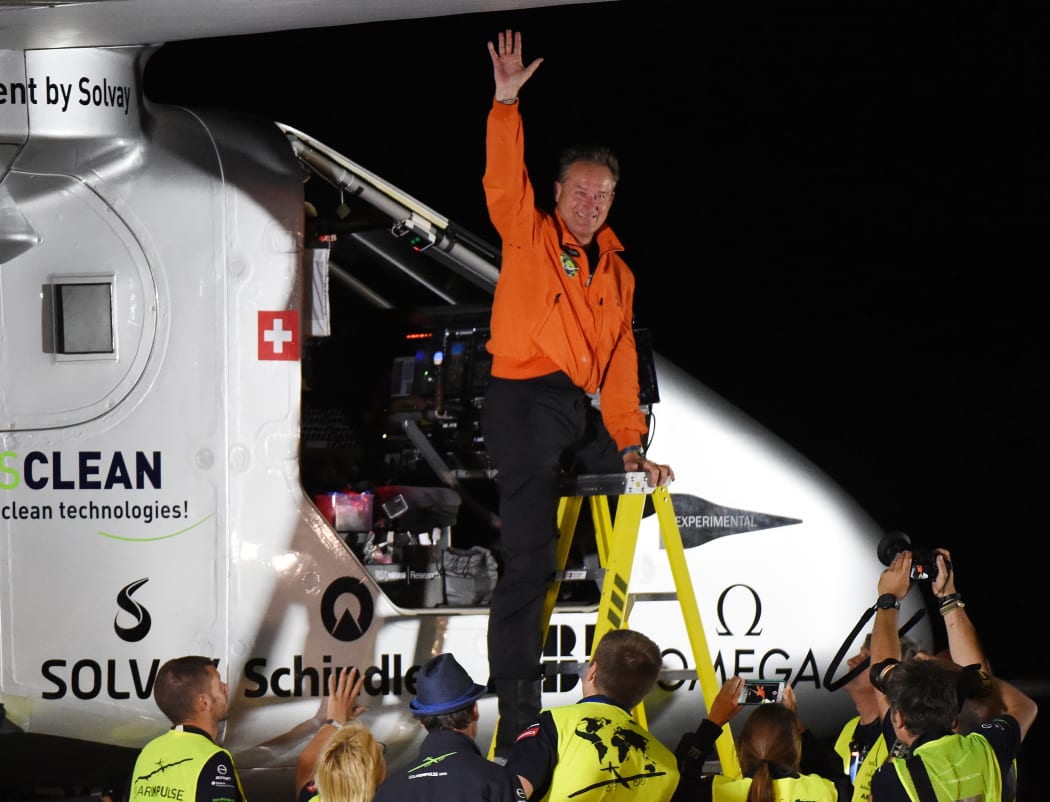
Swiss pilot Andre Borschberg emerges from the cockpit after successfully landing the Solar Impulse 2. Photo: AFP
And only when the days started stretching out again in the Northern Hemisphere could the team think about getting back in the air.
With 17,000 photovoltaic cells on its top surfaces, the plane gets all its energy from the sun.
These power the craft's propellers during the day but also charge batteries that the vehicle's motors can then call on during the night.
Solar Impulse is not intended to be a vision of the future of aviation. Rather, it is supposed to be a demonstration of the current capabilities of solar power in general.
The team's campaign is called "the future is clean".
Mr Piccard and Mr Borschberg have been working on the Solar Impulse project for more than a decade.
Solar Impulse's 35,000km journey around the world
- LEG 1: 9 March. Abu Dhabi (UAE) to Muscat (Oman) - 772km; 13 Hours 1 Minute
- LEG 2: 10 March. Muscat (Oman) to Ahmedabad (India) - 1,593km; 15 Hours 20 Minutes
- LEG 3: 18 March. Ahmedabad (India) to Varanasi (India) - 1,170km; 13 Hours 15 Minutes
- LEG 4: 18 March. Varanasi (India) to Mandalay (Myanmar) - 1,536km; 13 Hours 29 Minutes
- LEG 5: 29 March. Mandalay (Myanmar) to Chongqing (China) - 1,636km; 20 Hours 29 Minutes
- LEG 6: 21 April. Chongqing (China) to Nanjing (China) - 1,384km; 17 Hours 22 Minutes
- LEG 7: 30 May. Nanjing (China) to Nagoya (Japan) - 2,942km; 1 Day 20 Hours 9 Minutes
- LEG 8: 28 June. Nagoya (Japan) to Kalaeloa, Hawaii (US) - 8,924km; 4 Days 21 Hours 52 Minutes
- LEG 9: 21 April. Kalaeloa, Hawaii (US) to Mountain View, California (US) - 4,523km; 2 Days 17 Hours 29 Minutes
- LEG 10: 2 May. Mountain View, California (US) to Phoenix, Arizona (US) - 1,199km; 15 Hours 52 Minutes
-BBC
